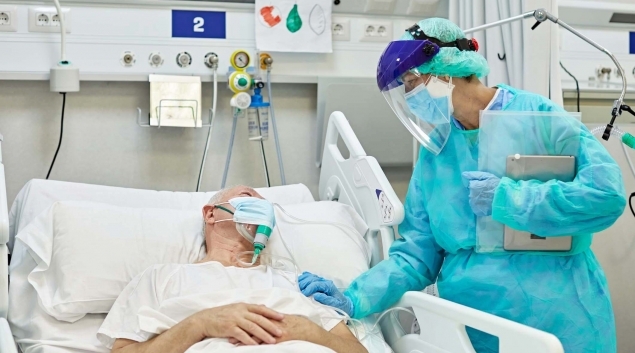Medical Devices
Also, the South Korean government is helping expedite the approval of a VR-based therapy for treating visual impairment.
Health data from wearable and implantable medical devices should be surrounded by stronger security, says Michelle Ramim, assistant professor of health informatics at Nova Southeastern University.
Smartphone tools can help improve health equity by improving care access and empowering patients to collect and transmit their own data via wearables, says Anna Schoenbaum, VP of information services applications at Penn Medicine.
The mandate for aged care facilities to have a registered nurse on site around the clock kicks in this July and Datacom's Health Director Pauline Soo says attention now needs to turn to new ways of supporting staff and easing growing pressures.
A software patch is available to prevent cybersecurity threats to patient care, genomic data and provider networks from software vulnerabilities in Illumina's benchtop and production-scale genomic sequencing instruments.
Mount Sinai Health System's Darryl Hollar and Cathleen Mathew discuss the importance of technology choice, clear communication and data reliability when implementing a remote patient monitoring program.
Geisinger is using smart TVs to deliver to patients relevant, integrated clinical information, says Rebecca Stametz, VP of digital transformation at the company's Steele Institute for Health Innovation.
This is part of the Victorian government's Better at Home initiative.
The rooms will utilize technology to improve the care experience for both patients and clinical staff.
Abbott's Curt Blythe, Medtronic's Matt Russo and MITRE's Matt Weir discuss security across the product life cycle, how to get support from device company leadership – and how you can become a device tester.







